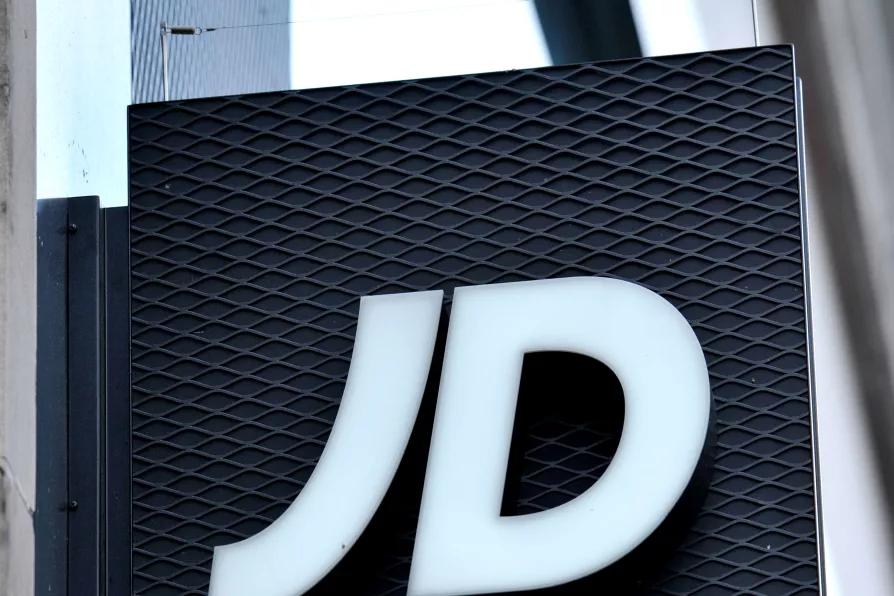The NEU kept children and teachers safe during the pandemic, yet we are disgracefully slandered by the politicians who have truly failed our children by not funding a proper education recovery programme — here’s what is needed, explains KEVIN COURTNEY


WITH Boris Johnson’s switch from “Stay at Home” to “actively encouraging” returns to work, arguments grow about who goes back and under what conditions.
But millions of workers have actually worked through the lockdown – and not just those who are seen as “key workers.”
The statistics we have about what is happening during the lockdown are not fully nailed on, but the available figures indicate around nine million workers continued travelling to work.

The new angle from private firms shmoozing their way into public contracts was the much-trumpeted arrival of ‘artificial intelligence’ — and no-one seemed to have heard the numerous criticisms of this unproven miracle cure, reports SOLOMON HUGHES

It is rather strange that Labour continues to give prestigious roles to inappropriate, controversy-mired businessmen who are also major Tory donors. What could Labour possibly be hoping to get out of it, asks SOLOMON HUGHES

Keir Starmer’s hiring Tim Allan from Tory-led Strand Partners is another illustration of Labour’s corporate-influence world where party differences matter less than business connections, writes SOLOMON HUGHES

MBDA’s Alabama factory makes components for Boeing’s GBU-39 bombs used to kill civilians in Gaza. Its profits flow through Stevenage to Paris — and it is one of the British government’s favourite firms, reveals SOLOMON HUGHES















